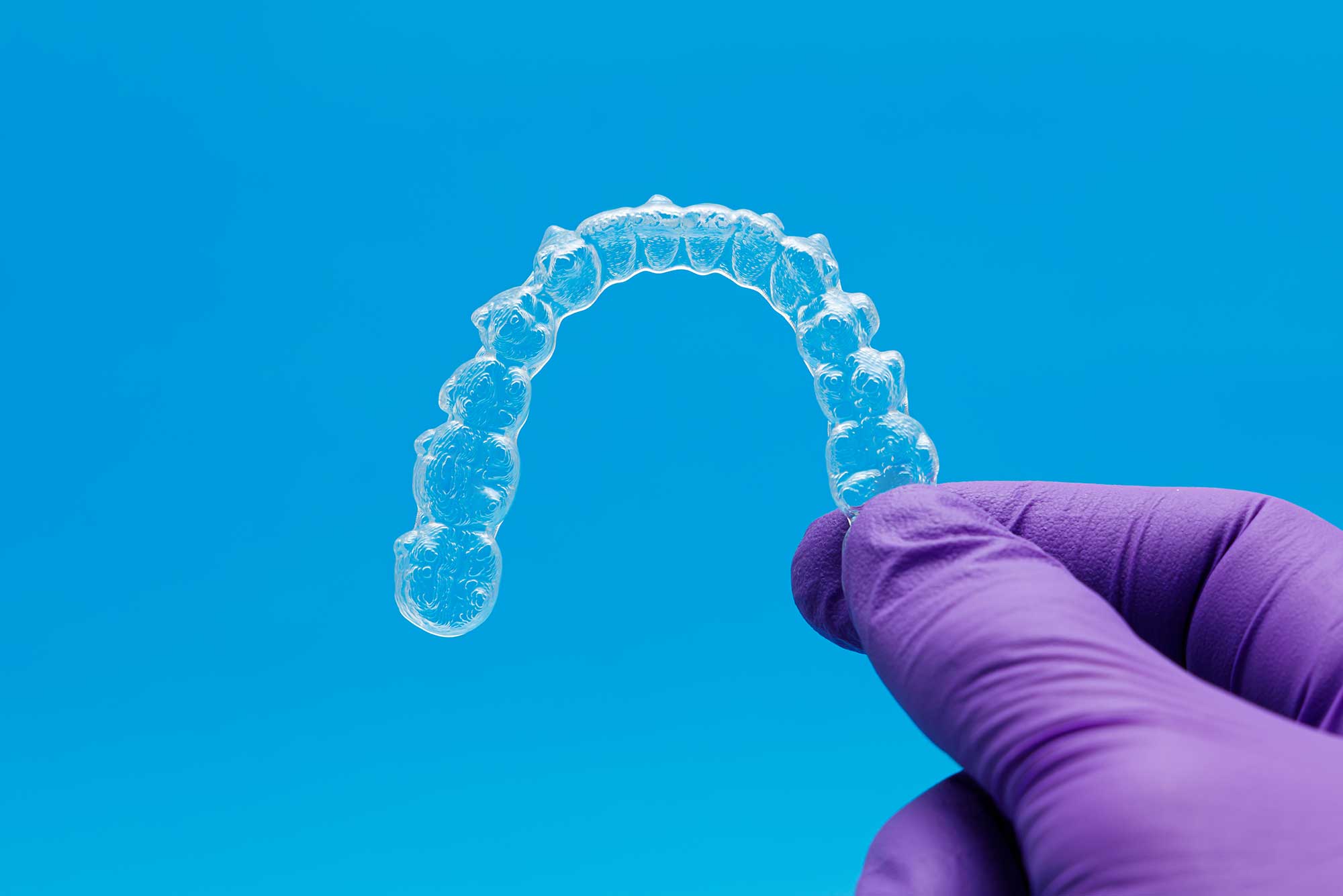Invisalign is a modern orthodontic treatment that uses clear, removable aligners to straighten teeth discreetly and comfortably.

Unlike traditional braces, Invisalign aligners are nearly invisible and can be easily removed for eating, brushing, and flossing. This innovative solution is ideal for correcting a variety of dental issues, including crowded teeth, gaps, and bite misalignments, without the inconvenience and appearance of metal braces. Enjoy a straighter smile with the freedom and confidence that Invisalign provides.
Call Us for Emergency
Get a Implant Consult Appointment

Check out the process of visiting Us
Your journey starts with a comprehensive consultation and assessment.
Based on your assessment, we’ll develop a personalized treatment plan tailored just for you.
After finalizing your treatment plan, the next step is the treatment start. Your dentist will work closely with you to ensure your instructions and needs are met throughout the process.
After completion of treatment, the final step is follow-up care to ensure success and ongoing health improvement. Dentist will schedule appointments for monitoring progress and addressing concerns, as well as for long-term wellness.
The duration of Invisalign treatment varies depending on the complexity of the case but typically ranges from 6 to 18 months. Your dentist will provide an estimated timeline based on your specific needs during the consultation.
For optimal results, you should wear your Invisalign aligners for 20-22 hours per day, removing them only to eat, drink, brush, and floss. Consistency in wearing the aligners is key to achieving your desired outcome.
No, one of the benefits of Invisalign is that there are no food restrictions. Since the aligners are removable, you can enjoy all your favorite foods. Just remember to remove your aligners before eating or drinking anything other than water.
You may experience a slight lisp or change in your speech when you first start wearing your aligners, but this typically resolves within a few days as you get used to them. Most patients adapt quickly and speak normally after the initial adjustment period.